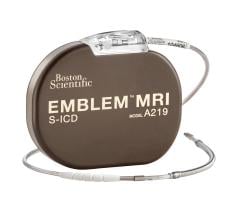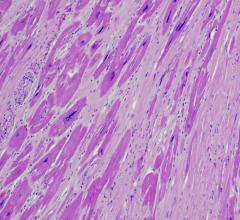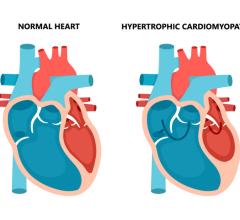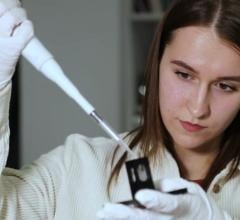May 20, 2013 — A device commonly used to treat dangerous heart rhythms may cause more issues for patients than a simpler version of the same device. The implantable cardioverter-defibrillator (ICD) prevents sudden cardiac death by detecting irregularities and delivering an electrical jolt to restart the heart.
An analysis led by researchers at University of Colorado School of Medicine and published in the May 15 issue of The Journal of the American Medical Association focused on people getting ICDs who do not have a clear reason for pacemaker support. The study found more complex and more expensive dual-chamber ICDs do not appear to offer any clinical benefit when compared with single-chamber devices. In fact, dual chamber devices were associated with more complications in the first year after implantation.
“A central decision regarding ICD therapy is whether to use a single-chamber or dual-chamber device,” says the study’s lead author, Pamela Peterson, M.D., MSPH, associate professor of medicine in the division of cardiology at the CU School of Medicine. “More complex dual-chamber devices may offer theoretical benefits but may also have greater risks.”
Peterson and colleagues compared outcomes, including mortality, hospitalizations and longer-term device related complications between single- and dual-chamber devices. The study included admissions in the National Cardiovascular Data Registry’s (NCDR) ICD registry from 2006-2009 that could be linked to Centers for Medicare & Medicaid Services data.
Among 32,034 patients, 12,246 (38 percent) received a single-chamber device and 19,788 (62 percent) received a dual-chamber device. Rates of complications were lower for single-chamber devices (3.51 percent vs. 4.72 percent), but there was no difference between patients receiving single lead or dual lead devices with respect to one-year mortality (unadjusted rate, 9.85 percent vs. 9.77 percent), one-year all-cause hospitalization (unadjusted rate, 43.86 percent vs. 44.83 percent), or hospitalization for heart failure (unadjusted rate, 14.73 percent vs. 15.38 percent).
“Because implanting a dual-chamber ICD is a more complex and time-consuming procedure than implanting a single-chamber device, the possibility of device-related complications such as infection and lead displacement are higher,” Peterson says. “The decision to implant a dual-chamber ICD should be considered carefully.”
Peterson’s work is supported by a grant from the Agency for Healthcare Research and Quality. This research also was supported by the American College of Cardiology Foundation’s National Cardiovascular Data Registry (NCDR).

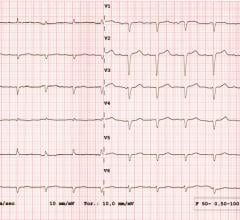
 May 20, 2024
May 20, 2024 
